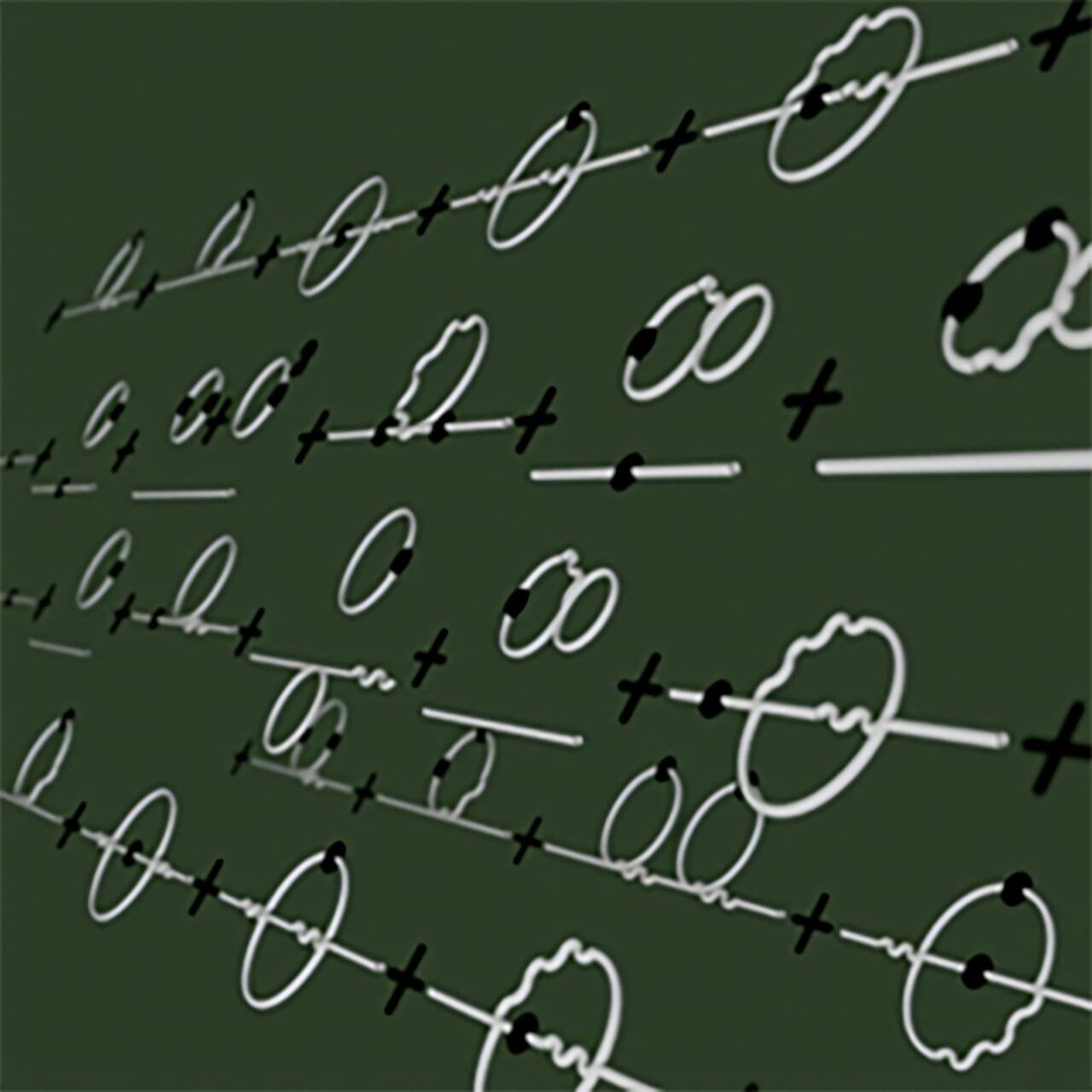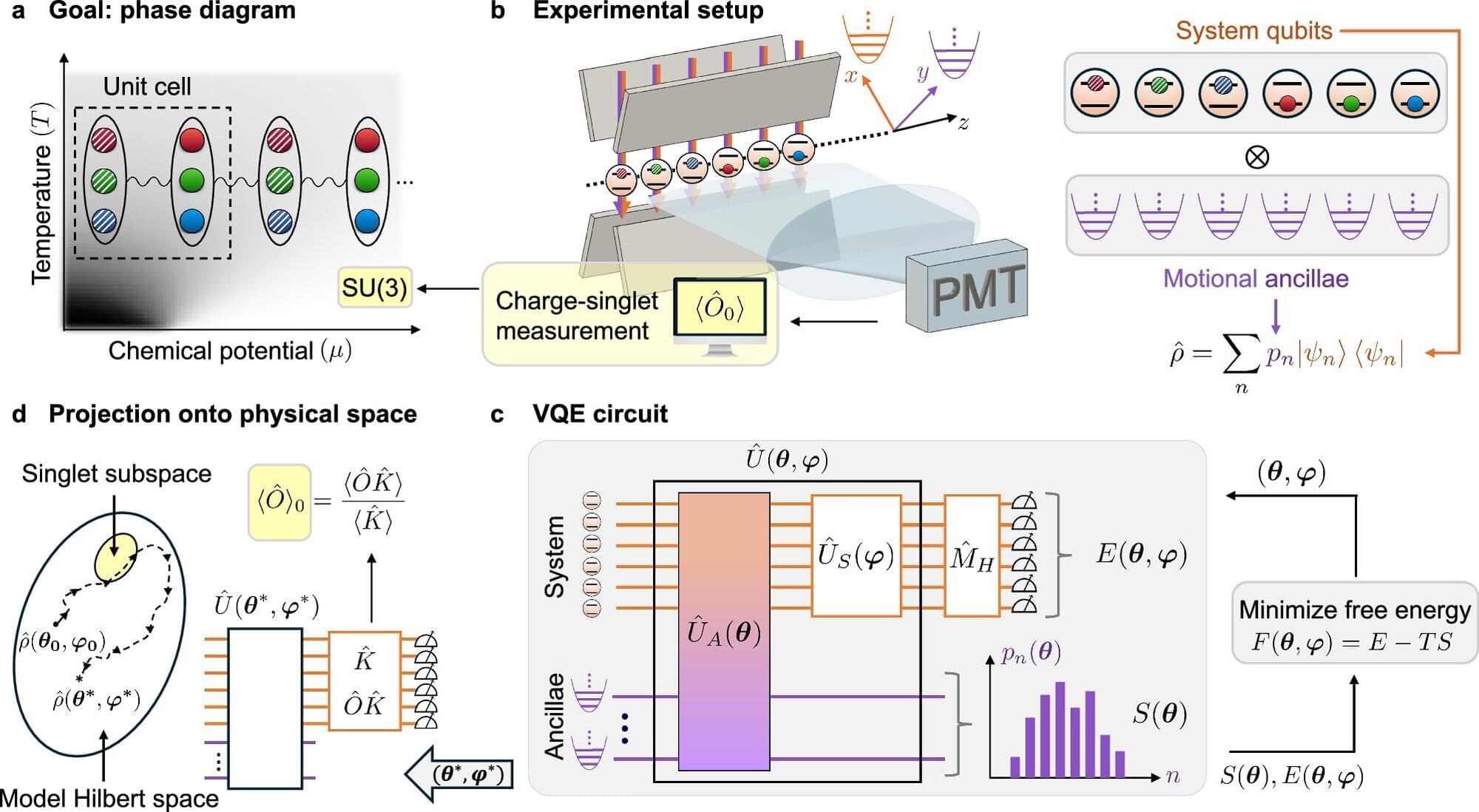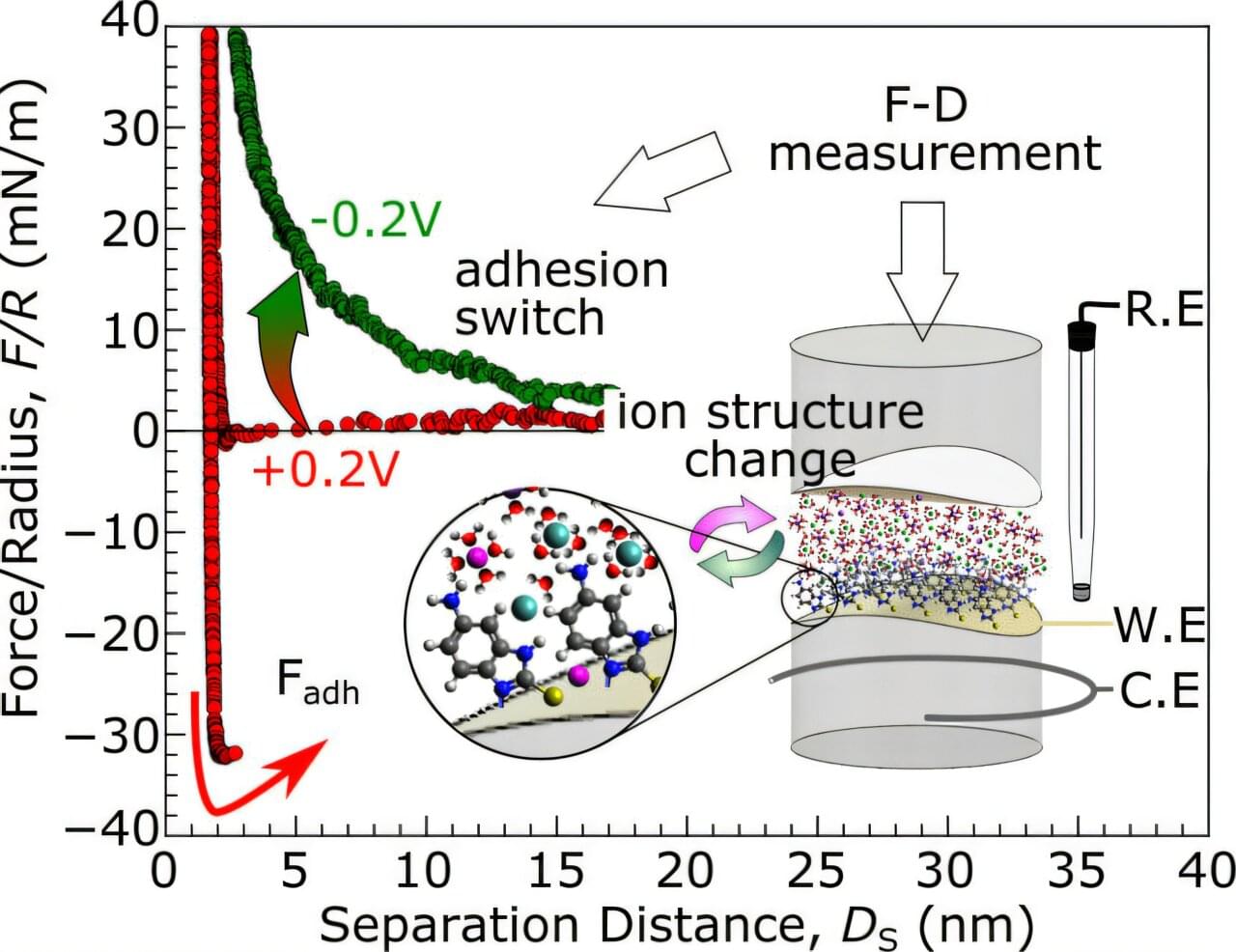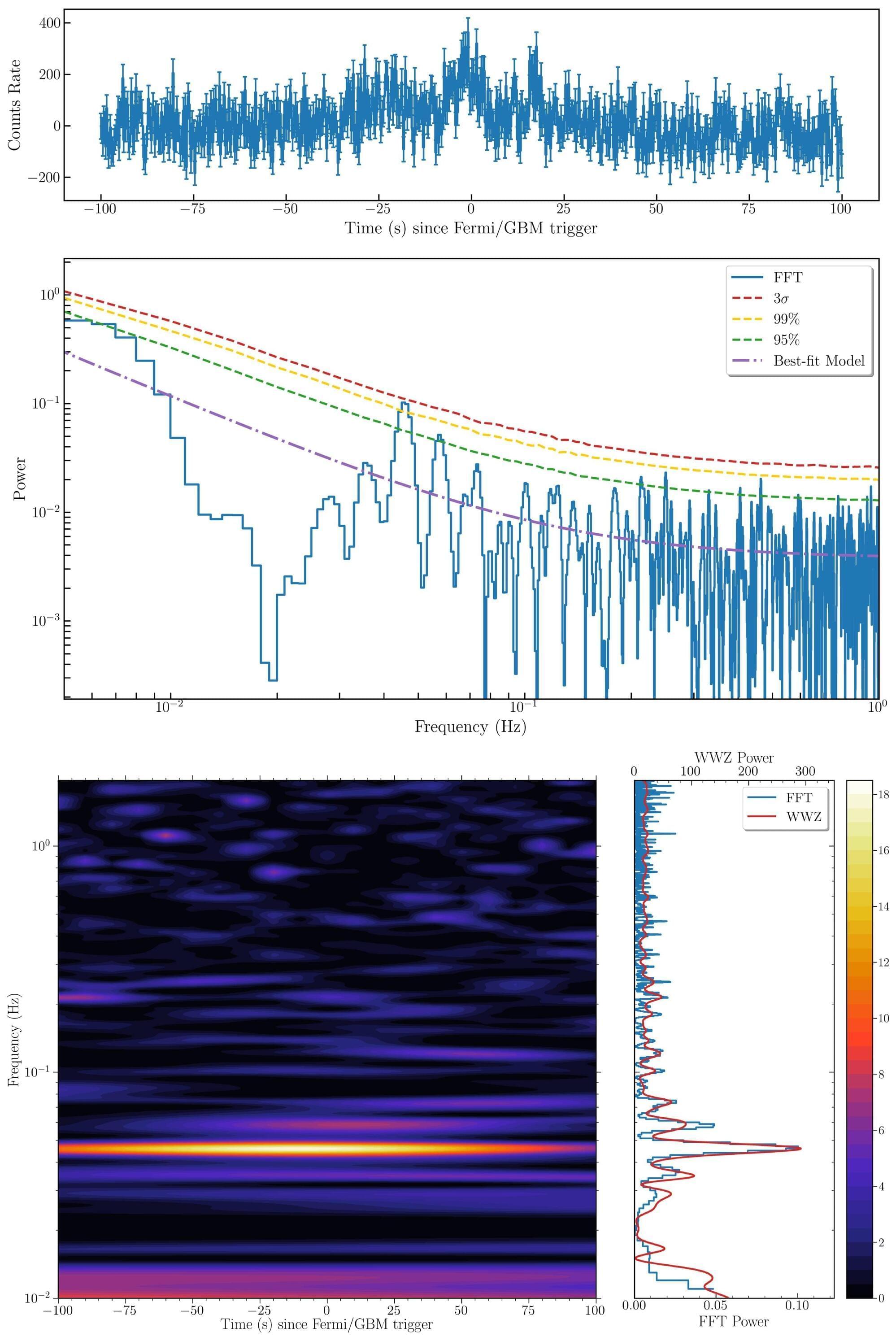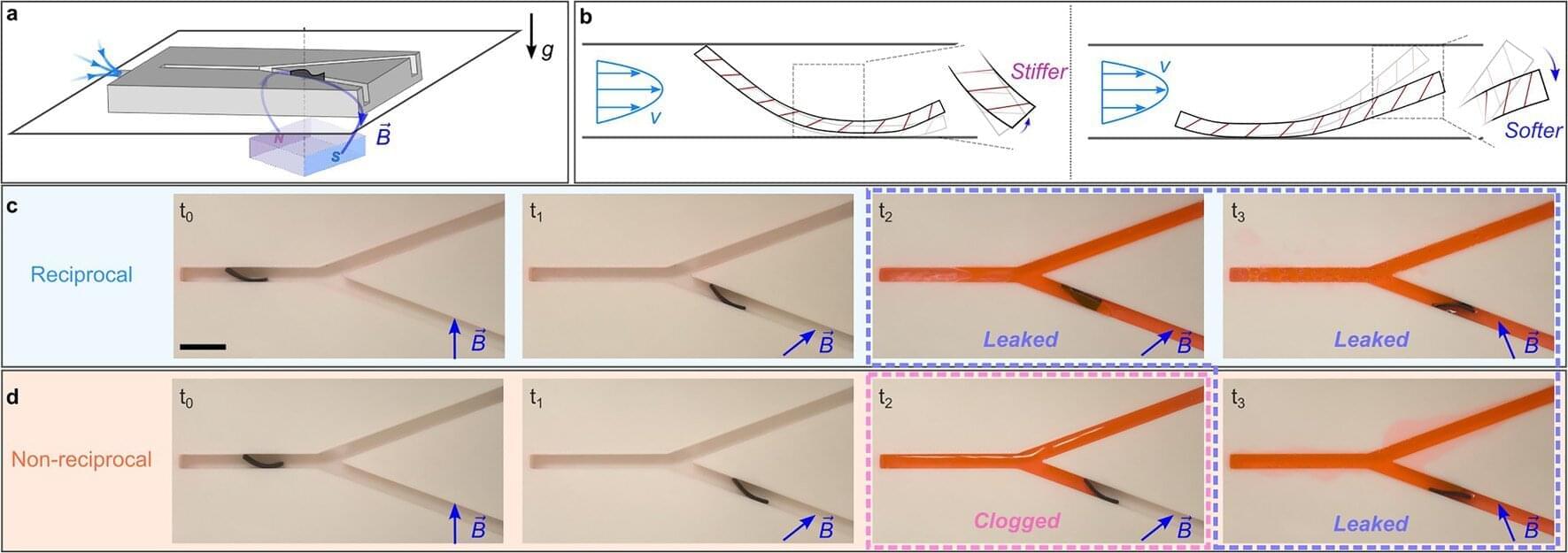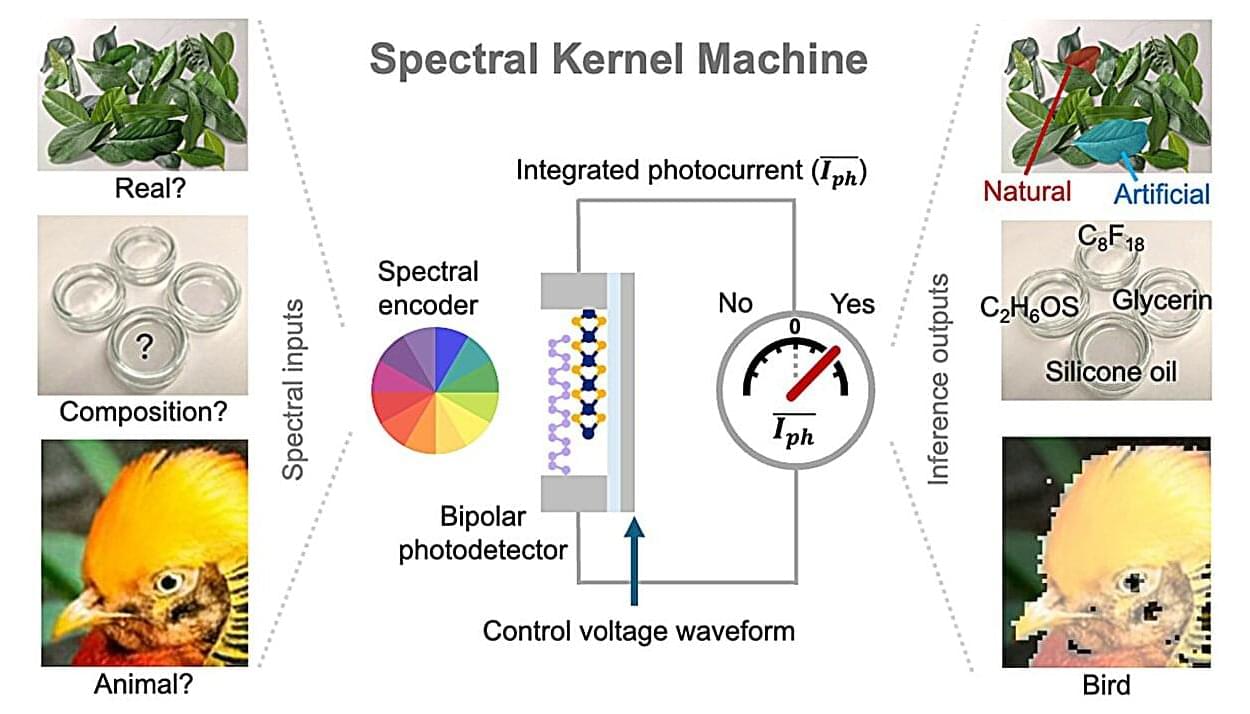Quantum computers are computing systems that process information leveraging quantum mechanical effects. These computers rely on qubits (i.e., the quantum equivalent of bits), which can store information in a mixture of states, as opposed to binary states (0 or 1).
While quantum computers could tackle some computational and optimization problems faster and more effectively than classical computers, they are also inherently more prone to errors. This is because qubits can be easily disturbed by disturbances from their surrounding environment, also referred to as noise.
Over the past decades, quantum engineers and physicists have been trying to develop approaches to correct noise-related errors, also known as quantum error correction (QEC) techniques. While some of these codes achieved promising results in small-scale tests, reliably implementing them on real circuits is often challenging.



